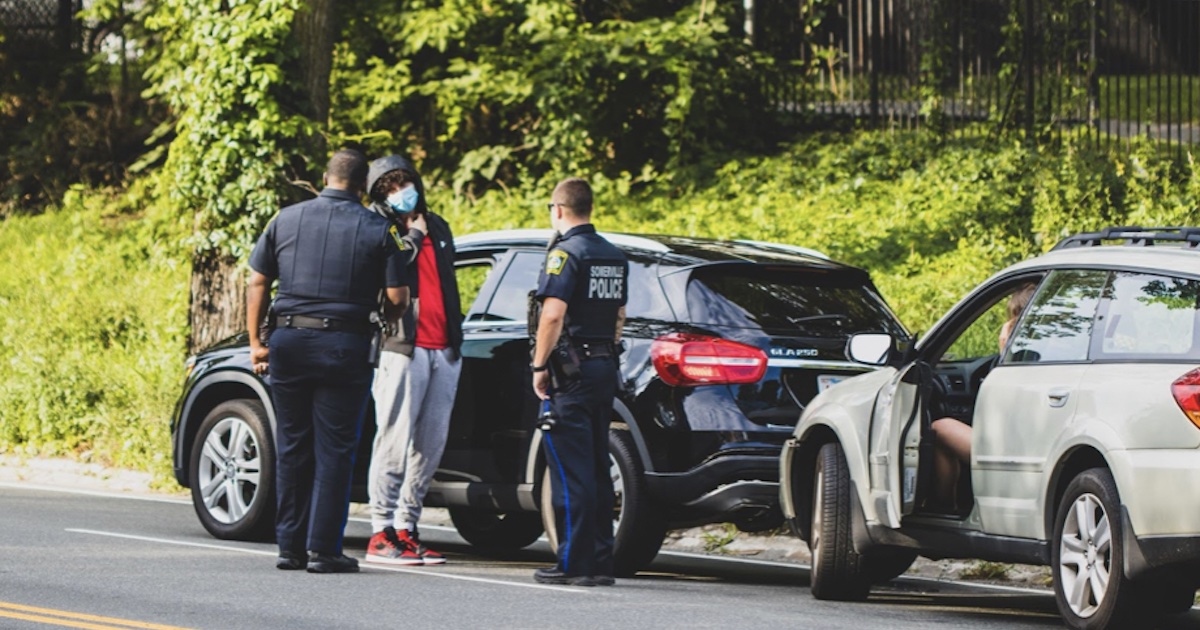
With automobile accidents happening daily on the roads, it has become critical to prioritize safety. These accidents have led to many people losing their lives. Even when the victim survives the accident, they may have to endure physical and emotional pain for weeks while trying to recover.
“It is vital for all drivers to adhere to safety rules while driving to help keep them and other road users safe,” says Andrew Kryder. Many automobile accidents result from negligence and could have been prevented if the drivers had been careful enough to observe safety rules. While most of these rules may seem common, they are often neglected.
There are no guarantees that knowing and adhering to safety rules can prevent accidents. However, these safety rules were put in place to make driving safer and, if followed, reduce the number of accidents. Automobile accident victims whose injuries resulted from another’s negligence may be entitled to compensation and should consult an automobile accident attorney for advice.
Safety Tips that Make for Safer Driving
Driving can become safer if all drivers review and follow safety rules. The safety rules are as follows:
#1. Avoid Driving While Drunk
Drunk driving is one of the highest causes of automobile accidents. According to reports from the National Highway Traffic Safety and Administration (NHTSA), about 32 people die daily in automobile crashes in the United States due to drunk driving. In 2020, about 11,654 people died in drunk-driving-related automobile crashes.
Driving requires the highest concentration level as the driver has to make critical decisions that could endanger their lives and other road users if wrongly taken. Therefore, the driver must be alert both physically and mentally.
Alcohol lowers the driver’s ability to make sound decisions while behind the wheel as they are not in complete control of their senses. Some people hallucinate while drunk, which increases the risk of an accident if they drive in that state. Staying off the wheel when drunk and finding a ride to your destination is the ideal thing to do when intoxicated.
#2. Avoid Speeding
One thing every driver should keep in mind is that faster is not safer. The danger inherent in aggressive driving and speeding is high. According to reports, more than 11,000 people died in automobile accidents due to speeding.
While one may be in a hurry to get to their destination, they must remember that safety is paramount. Speeding lowers the driver’s ability to maintain control of the vehicle. Where the vehicle has protection equipment, speeding decreases its effectiveness.
Additionally, a driver driving above the speed limit will find it challenging to stop where there is perceived danger. The severity of a crash is also increased when the vehicle is at high speed, invariably leading to more severe injuries in the event of a crash.
#3. Avoid Distracted Driving
Anything that can take the driver’s eyes or mind away from the road should be avoided at all costs. Distractions can come from text messages, chats, phone calls, and other passengers.
Parents with toddlers should ensure they are well strapped in before driving off. Installing call and text blocking apps is ideal to avoid getting notifications while driving. Alternatively, drivers may opt to park by the side of the road to answer their calls before continuing with their journey.
#4. Maintain a Safe Driving Distance
Every driver should adopt a safe following distance as an ideal low-risk driving technique. A safe following distance makes it possible to bring the vehicle to a stop on time when there is a perceived danger. While this is the most straightforward safe driving rule, it happens to be the most violated by drivers.
A driver who follows all the other rules and fails to keep a safe following distance cannot be considered a safe driver. Maintaining a safe following distance from the vehicles in front of you reduces the chances of a rear-end collision.
#5. Change Lanes Properly
Many drivers make errors while changing lanes which leads to avoidable accidents. Adopting the proper lane-changing techniques helps to ensure a smooth switch from one lane to another. Drivers should avoid weaving in and out of lanes to avoid traffic.
Also, every driver should be alert at all times. Many lane-changing accidents happen when drivers are caught off guard due to their lack of situational awareness, thereby crashing into a vehicle that slowed down to switch to another lane.
#6. Train for Poor Weather Conditions
One of the limitations of driving at night or under poor weather conditions is poor vision. Poor vision doubles the possibility of an accident occurring.
The ability to drive under these conditions is a skill that a driver should learn. If you are a new driver, avoid driving under these conditions unsupervised.
#7. Do Not Drive When Stressed
One of the common causes of distracted driving is stress. Many drivers, especially those operating vehicles for commercial purposes, work long hours without a break. This lowers their ability to remain alert, doubling the risk of accident occurrence.
It is ideal for one to take a break after two hours of continuous driving. This will help ensure they are in the best shape while driving.
#8. Limit the Number of Passengers
This rule is very critical, especially for new drivers. A large number of passengers can result in a significant distraction, making it increasingly challenging to concentrate on the road. Especially, teenage drivers with teenage passengers.
Bottom Line
Every driver desires to get to their destination safely without getting involved in a car crash, and keeping to safety standards while behind the wheels can help achieve it. As much as these rules will not wholly prevent accident occurrence, they can reduce it to the barest minimum.
You may still get involved in an accident due to another’s negligence. If that is the case, you will need the experience of a competent accident lawyer to help get your due compensation.
[Image via Pexels]